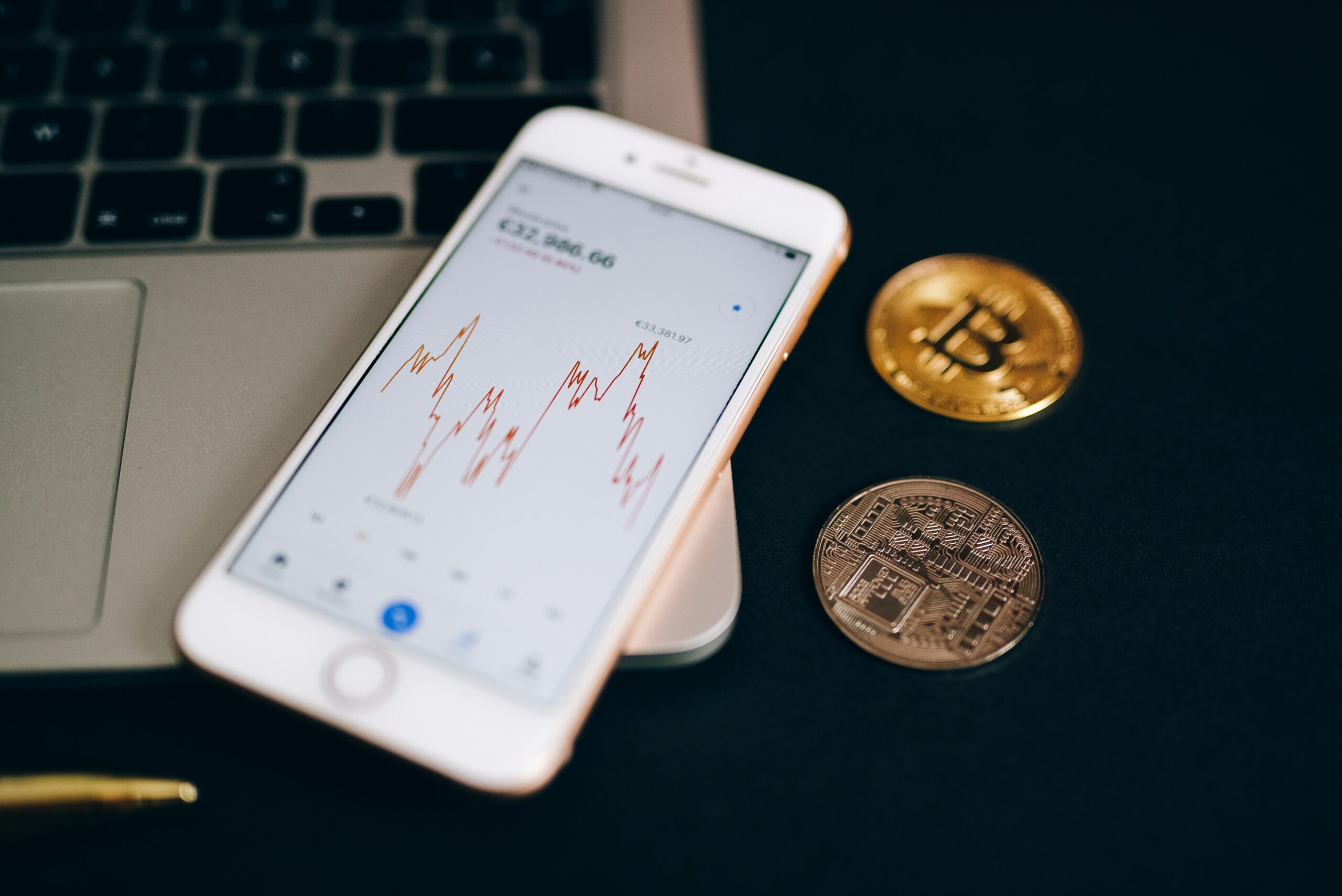
Ethereum mining is the process of maintaining the Ethereum ledger through solving complex mathematical problems. In order to receive rewards for your work, miners must be in consensus with the network. There are several different ways to mine Ethereum, each with its own advantages and disadvantages.
BACKGROUND
The most popular way to mine Ethereum is through Graphics Processing Units (GPUs). GPUs are used to mine Ethereum because they can process the complex algorithms needed to find blocks faster than CPUs. However, GPUs are more expensive and require more power than CPUs. Another way to mine Ethereum is through Field-Programmable Gate Arrays (FPGAs). FPGAs are less popular than GPUs because they are not as efficient at mining Ethereum. However, they are cheaper than GPUs and use less power.
The last way to mine Ethereum is through Application-Specific Integrated Circuits (ASICs). ASICs are the most expensive and most powerful option for mining Ethereum. They are designed specifically for mining Ethereum and are much more efficient than other types of miners. Mining is a process of verifying and adding transaction records to the public ledger (blockchain) of cryptocurrency. It serves two main purposes:
- To secure the network by verifying and validating transactions. Miners achieve this by solving a complex mathematical puzzle called “proof of work”.
- To reward miners for their effort, they are given a small amount of cryptocurrency as a reward. Additionally, you have the option to utilize the Ledger promo code, which can provide potential discounts or special offers.
The Ethereum mining process can be divided into two phases: the verification phase and the rewarded phase.
VERIFICATION PHASE
In the verification phase, miners group transactions into “blocks” and then attempt to solve a complex mathematical puzzle called the “proof of work”. If they are successful, the block is added to the blockchain and the miners are rewarded with a small amount of Ether.
REWARDED PHASE
In the rewarded phase, miners are rewarded based on their share of work done in verifying transactions. The amount of Ether given as a reward decreases over time. Currently, the reward is 3 Ether per block. Eventually, the reward will go down to 0 Ether per block and miners will be rewarded solely by transaction fees.
Transaction fees are paid by the person who initiates a transaction. They are meant to incentivize miners to include the transaction in their block. The sender of the transaction can specify the amount they are willing to pay in fees. Miners will then prioritize transactions with higher fees.
DETAILS
Ethereum mining is a complex process that is divided into several phases.
- The first phase is known as the “nonce” phase. In this phase, miners try to find a nonce that will produce a hash that is lower than the target difficulty. If a miner finds a nonce that produces a hash that is lower than the target difficulty, they will be rewarded with Ether.
- The second phase is known as the “verification” phase. In this phase, miners verify that the transactions included in the block are valid. If all of the transactions are valid, the block is added to the Ethereum blockchain.
- The third and final phase is known as the “finalization” phase. In this phase, miners finalize the block by including it in the Ethereum blockchain. After a block is finalized, it cannot be changed or removed.
Ethereum mining is a complex process, but it can be divided into three simple phases: the nonce phase, the verification phase, and the finalization phase. By understanding these phases, you can better understand how Ethereum mining works. Thanks for reading!
What algorithm is ethereum
Ethereum uses the Ethash algorithm, which is a modified version of the Dagger-Hashimoto algorithm. Ethash is designed to be ASIC-resistant, so that miners cannot create specialized hardware to mine Ethereum. This resistance allows for a more decentralized mining process, as anyone with a computer can participate in mining Ethereum.
CONCLUSION
The Ethereum mining process can be divided into two phases: the verification phase and the rewarded phase. In the verification phase, miners group transactions into “blocks” and then attempt to solve a complex mathematical puzzle called the “proof of work”. If they are successful, the block is added to the blockchain and the miners are rewarded with a small amount of Ether. In the rewarded phase, miners are rewarded based on their share of work done in verifying transactions.


